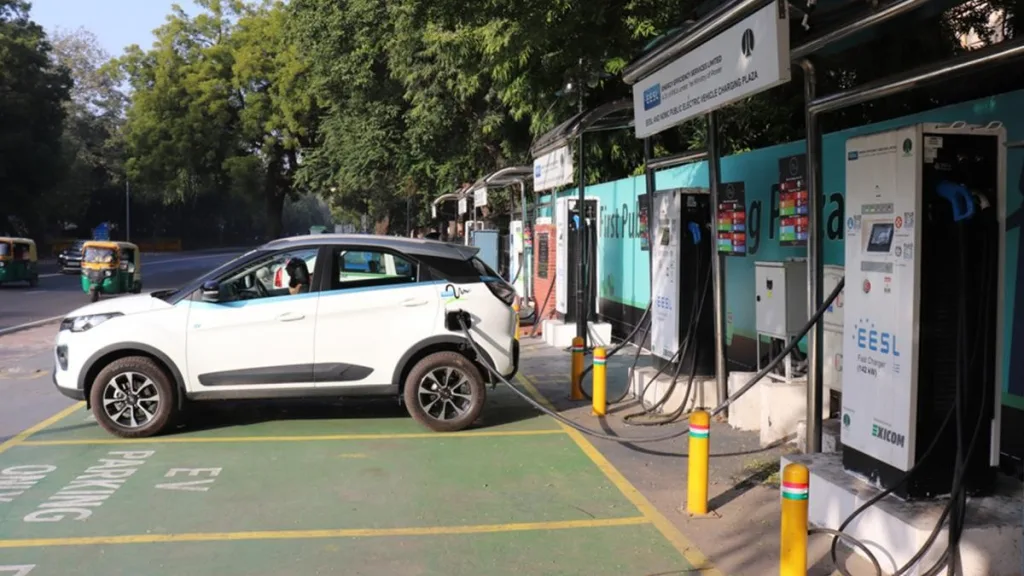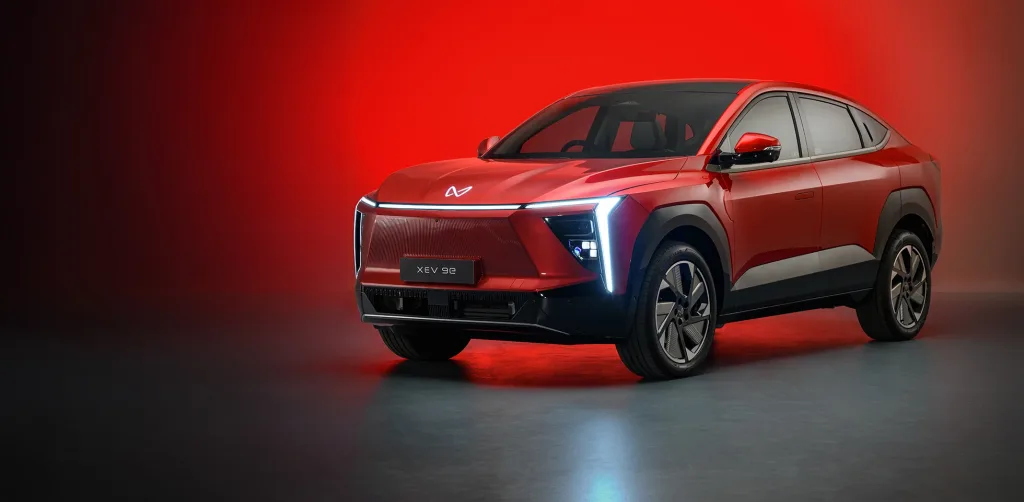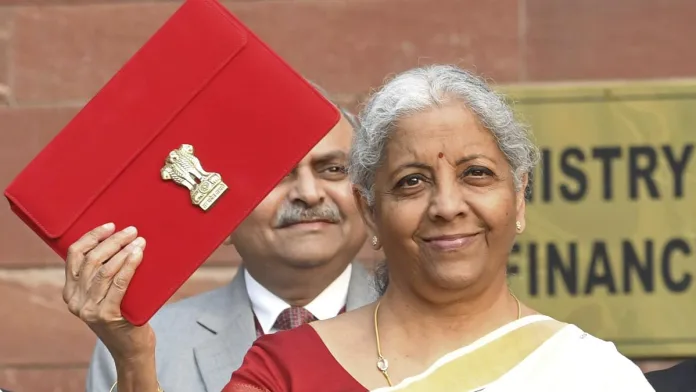The Union Budget 2025 has brought a fresh wave of optimism for India’s electric mobility sector. With a significant 20% increase in funding compared to the previous year, the government has reaffirmed its commitment to reducing fossil fuel dependency and promoting sustainable transportation. This budget is a crucial step toward achieving India’s ambitious electric vehicle (EV) goals, including a 30% EV market penetration by 2030.
Let’s dive into the key highlights of the Union Budget 2025 and understand how it’s shaping the future of electric mobility in India.
A 20% Boost for Electric Mobility Schemes
The Union Budget 2025-26 has allocated ₹5,322 crore for various electric mobility schemes, up from ₹4,434.92 crore in 2024-25. This increase reflects the government’s focus on making road transport more sustainable by encouraging the adoption of electric vehicles and boosting domestic manufacturing of EV components.
Here’s a breakdown of the major schemes and their allocations:
1. PM Electric Drive Revolution in Innovative Vehicle Enhancement (PM E-DRIVE)
- Objective: Launched in September 2024, this scheme supports the development of electric vehicles and public charging infrastructure.
- Budget Increase: Funding has skyrocketed by 114%, from ₹1,866 crore in FY25 to ₹4,000 crore in FY26.
- Impact: This scheme is expected to accelerate EV adoption across the country by addressing critical infrastructure gaps.

2. Scheme to Promote Manufacturing of Electric Passenger Cars in India (SMEC)
- Objective: Started in 2024, SMEC aims to make India a global hub for EV manufacturing while creating employment opportunities.
- Budget Increase: Allocation has doubled from ₹6.16 crore in FY25 to ₹12 crore in FY26.
- Impact: This scheme will enhance India’s competitiveness in the global EV market and attract investments in the sector.
3. PM-eBus Sewa Scheme
- Objective: Focused on promoting electric bus operations to reduce urban pollution and improve public transport.
- Budget Increase: Funding has risen from ₹500 crore in FY25 to ₹1,310 crore in FY26.
- Impact: This scheme will expand the fleet of electric buses in Indian cities, making public transport cleaner and more efficient.
4. FAME India Scheme (Faster Adoption and Manufacturing of Hybrid and Electric Vehicles)
- Objective: Operational since 2015, this scheme incentivizes EV purchases and supports the development of charging infrastructure.
- Budget Decline: Funding dropped from ₹4,000 crore in FY24 to ₹2,058 crore in FY25, with no allocation for FY26.
- Impact: The lack of funding for FY26 raises concerns about the future of this once-pivotal scheme.
5. Electric Mobility Promotion Scheme
- Objective: This short-term scheme provided subsidies for advanced battery-fitted EVs.
- Budget Status: It had an outlay of ₹500 crore until July 2024 but received no allocation in the latest budget.
- Impact: The discontinuation of this scheme may slow down the adoption of advanced EV technologies.
India’s EV Mission: Ambitious Goals for a Sustainable Future
The Union Budget 2025 is a critical part of India’s broader EV mission, which aims to transform the country’s transportation landscape. Here are the key goals driving this mission:
- 30% EV Market Penetration by 2030: The government aims to ensure that nearly one-third of all vehicles sold in India are electric by the end of this decade.
- Self-Reliance in EV R&D by 2047: Under the Viksit Bharat initiative, India plans to achieve significant self-reliance in EV research and development by its 100th year of independence.
- Annual Sales Target of 6-7 Million EVs: As part of the National Electric Mobility Plan 2020, the government has set an ambitious target of selling 6-7 million EVs annually.
To support these goals, the government has introduced complementary initiatives like the Production Linked Incentive (PLI) scheme and the Green Hydrogen Mission, which focus on manufacturing fuel cells, batteries, and storage systems.

Challenges and Opportunities
While the Union Budget 2025 has provided a much-needed boost to electric mobility, some challenges remain:
- Declining Support for FAME: The reduced funding for the FAME scheme and its absence in FY26 could slow down EV adoption, especially in rural and semi-urban areas.
- Infrastructure Gaps: Despite increased funding, India still needs to address the lack of widespread charging infrastructure to support the growing EV market.
However, the opportunities are immense. With increased funding for schemes like PM E-DRIVE and PM-eBus Sewa, India is well-positioned to lead the global transition to sustainable transportation.
Why the Union Budget 2025 Matters
The Union Budget 2025 is more than just numbers—it’s a roadmap for India’s sustainable future. By prioritizing electric mobility, the government is not only addressing climate change but also creating new economic opportunities in the EV sector.
As India moves closer to its EV goals, the success of these initiatives will depend on effective implementation, private sector participation, and continued government support.
Conclusion
The Union Budget 2025 has set the stage for a greener, more sustainable India. With increased funding for key electric mobility schemes, the government is taking bold steps to reduce emissions, promote clean energy, and position India as a global leader in electric vehicle manufacturing.
As the world watches India’s progress, one thing is clear: the Union Budget 2025 is a game-changer for the country’s electric mobility revolution.
Also read- Hyundai’s Bold Move: Aiming for 20% of India’s Electric Vehicle Market
FAQS
What is the total allocation for electric mobility schemes in the Union Budget 2025?
The total allocation is ₹5,322 crore, a 20% increase from the previous year.
Which scheme received the highest funding increase?
The PM E-DRIVE scheme saw a 114% increase in funding, with ₹4,000 crore allocated for FY26.


